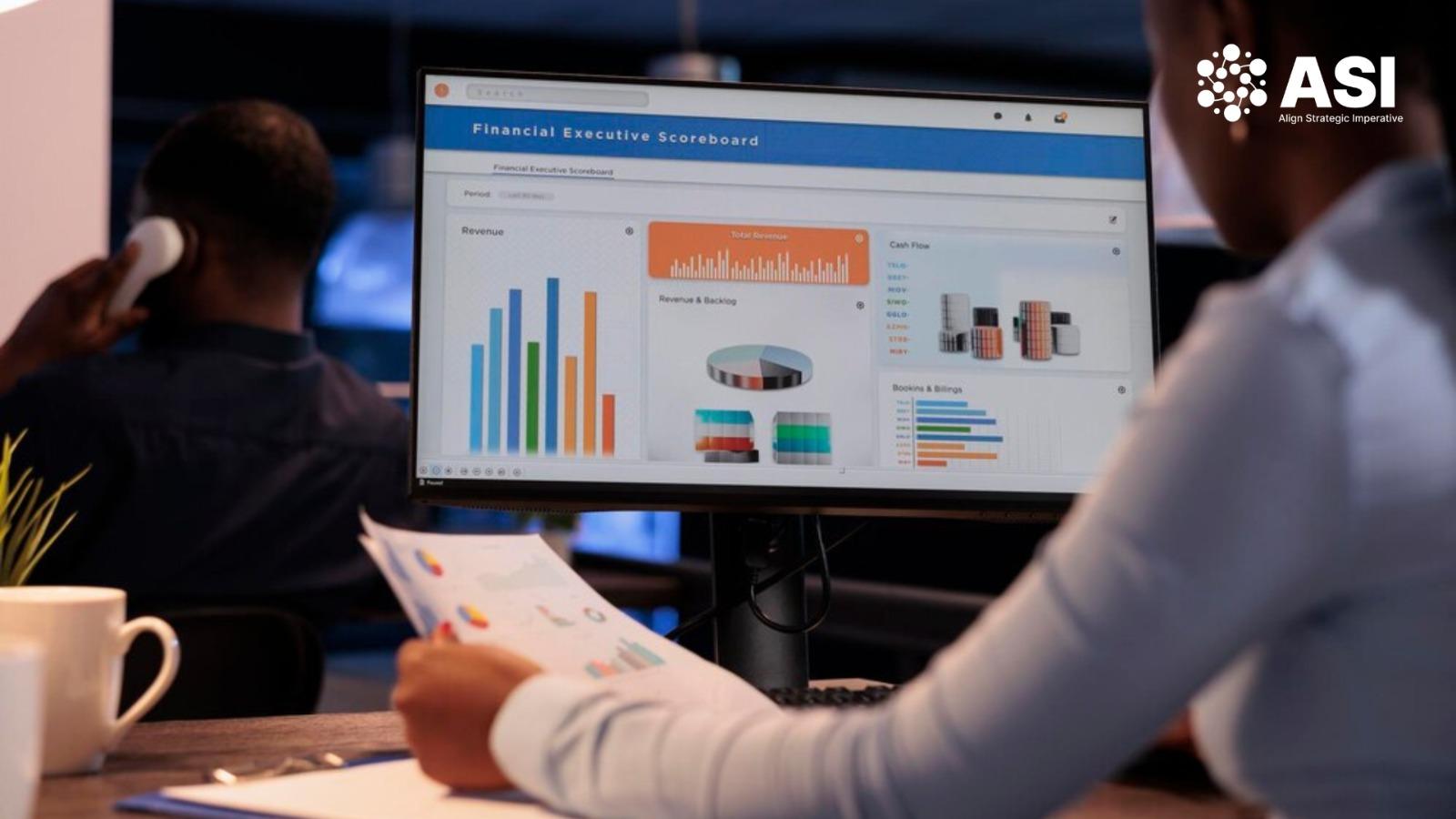How Veterinary Vaccines Are Transforming Livestock, Poultry, and Pet Healthcare

Veterinary Vaccines Market: Industry Overview and Outlook
The global veterinary vaccines market is experiencing strong growth, fueled by increasing pet ownership, rising awareness of animal health, and heightened concern over zoonotic diseases that can transfer between animals and humans. Veterinary vaccines are essential for preventing infectious diseases in livestock, poultry, swine, and companion animals, supporting food security, public health, and animal welfare. The market is projected to grow from approximately ₹86,900 crore (USD 10.46 billion) in 2025 to ₹1,47,000 crore (USD 17.7 billion) by 2032, at a CAGR of 7.8%123. Poultry vaccines currently dominate the market, accounting for about 37% of global revenue, followed by porcine, livestock, and companion animal vaccines. Key trends include the adoption of advanced vaccine technologies such as recombinant and DNA vaccines, government initiatives to promote animal health, and the expansion of local manufacturing in emerging economies like India, where programs like "Make in India" are boosting production and accessibility43. The Asia-Pacific region is expected to be a major growth driver due to increasing livestock farming, urbanization, and rising disposable incomes.
more insights - https://alignstrategicimperative.com/industry/veterinary-vaccines-market/
Why Veterinary Vaccines Market Matters
-
Prevention of Animal Diseases: Veterinary vaccines protect livestock, poultry, and pets from life-threatening infections, ensuring animal health and productivity.
-
Food Security and Safety: By preventing outbreaks in food-producing animals, vaccines help maintain stable food supplies and reduce economic losses for farmers.
-
Public Health Protection: Vaccination of animals reduces the risk of zoonotic diseases, safeguarding human populations from infections like rabies and avian influenza.
-
Support for Livelihoods: Healthy animals are essential for the livelihoods of millions of farmers and pet owners worldwide.
-
Promotion of Animal Welfare: Vaccines contribute to improved animal welfare by reducing disease-related suffering.
Market Drivers
-
Rising Pet Ownership and Companion Animal Population: Increasing urbanization and disposable incomes are driving pet adoption, especially in emerging economies like India and China35.
-
Growing Awareness of Animal Health: Pet owners and livestock farmers are more willing to invest in preventive healthcare, including vaccination63.
-
Increasing Incidence of Zoonotic and Infectious Diseases: Outbreaks of diseases such as foot-and-mouth disease, avian influenza, and rabies are boosting vaccine demand54.
-
Government and Institutional Initiatives: National and international programs to control animal diseases and promote local vaccine manufacturing are supporting market expansion34.
-
Technological Advancements: Innovations in vaccine design, such as recombinant and DNA vaccines, are improving efficacy and safety65.
Challenges
-
Regulatory Hurdles and Approval Processes: Stringent and varying regulatory requirements can delay vaccine development and market entry56.
-
High Development Costs: Research, production, and distribution of vaccines require significant investment, particularly for new and emerging diseases65.
-
Market Fragmentation and Competition: The presence of numerous regional and global players leads to intense competition and pricing pressures5.
-
Emerging and Evolving Pathogens: The constant emergence of new diseases and antigenic variability in pathogens complicates vaccine development and effectiveness5.
-
Distribution and Access in Rural Areas: Ensuring vaccine availability and administration in remote or underserved regions remains a challenge3.
Market Outcome
-
Steady Market Growth: The global veterinary vaccines market is expected to reach about ₹1,47,000 crore by 2032, with robust demand from both developed and emerging markets123.
-
Increased Adoption of Advanced Technologies: Integration of recombinant, DNA, and AI-driven vaccine technologies will drive future innovation and efficiency gains65.
-
Technological and Product Innovation: Continued R&D will lead to safer, more effective, and easier-to-administer vaccines.
-
Sustainability and Efficiency Focus: Emphasis on reducing disease outbreaks, improving animal welfare, and supporting food security will shape future trends.
-
Enhanced Market Penetration: Rising awareness, government support, and infrastructure investments will expand market reach and adoption, especially in Asia-Pacific and India.
- Art
- Causes
- Best Offers
- Crafts
- Dance
- Drinks
- Film
- Fitness
- Food
- Oyunlar
- Festival
- Gardening
- Health
- Home
- Literature
- Music
- Networking
- Other
- Party
- Religion
- Shopping
- Sports
- Theater
- Wellness



